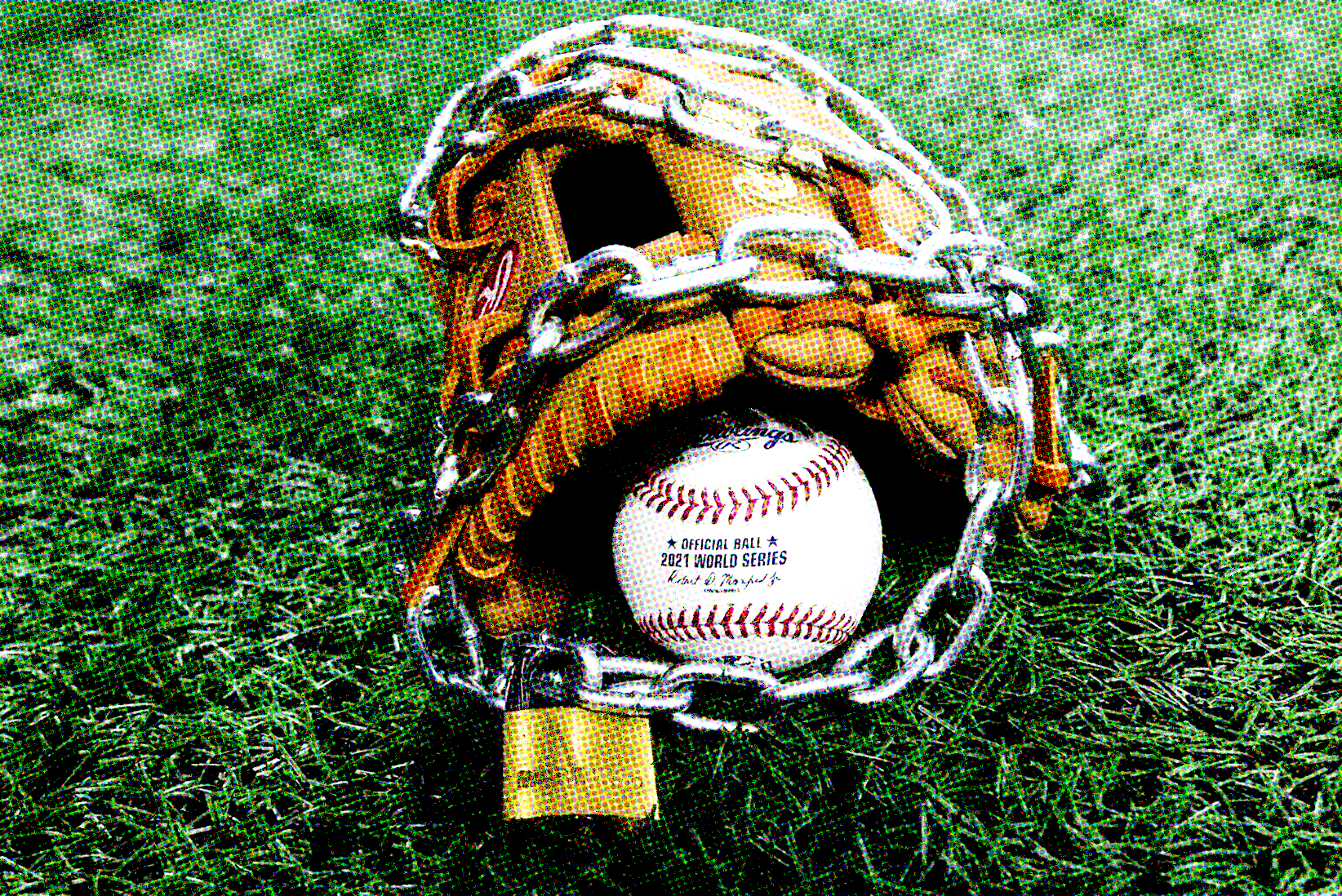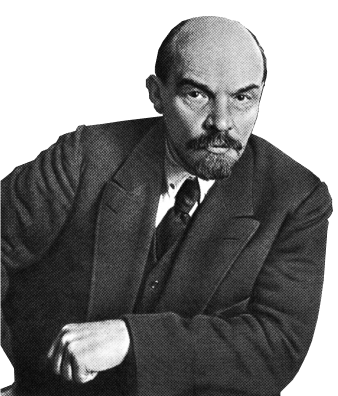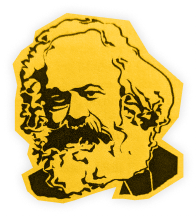
On Tuesday, March 1, after 10 days of fruitless negotiations between team owners and the Major League Baseball Players Association (MLBPA), Major League Baseball (MLB) announced the cancellation of the first two series of the regular season (roughly six games per team). This came amidst an owner-imposed lockout of the players that began on Dec. 2. While the stated intention of the lockout was to put economic pressure on the players and “jumpstart negotiations” on the expiring collective bargaining agreement (CBA), what resulted was 42 days of silence on the part of MLB, followed by sluggish responses to the MLBPA’s proposals that contained little to no concessions to the players, who have been seeing a smaller and smaller proportion of MLB’s massive revenues.
The age-old refrain of decrying this conflict between players and owners as a mere spat between millionaires and billionaires has been heard from apathetic fans, in response to a labour dispute which at first glance may not appear to have much in common with the rights of workers living paycheck to paycheck or the unemployed. However, beyond the important role that baseball plays in the lives of workers not only in North America, but the world over, the struggle of players against the endless greed of owners is the same struggle of all workers against the appetite of the capitalists in all corners of the world. An apathetic or dismissive view of the MLB lockout only helps to serve the interests of the greedy owners, as well as ignores the way in which we can fight capitalist degeneration of the game and reclaim it as our own.
This year’s lockout is the second time in three seasons that regular season baseball games have been lost. In the COVID-shortened 2020 season, only 60 of the usual 162 games were played. Both MLB and the MLBPA had originally agreed to hold off on playing games for the safety of all involved, with the players agreeing to prorate their own salaries and get paid for however many games ended up being played once a safe way to play the season could be found. However, once the season was ready to be resumed, the owners demanded that the players take an additional pay cut on top of those prorated salaries. The vicious aggression of the bosses towards the union that ensued in negotiation shone a light on the central economic contradiction at the core of the dispute: while baseball as a sport is extremely profitable, the players have seen little of that reflected in their salaries. MLB revenues have grown an average of eight per cent per season over the last 20 years. Meanwhile, even with some super-elite players making enormous amounts of money (a recent example being pitcher Max Scherzer and his three-year, $130 million contract with the New York Mets, the highest average annual value in MLB history), the average MLB salary—itself inflated by the handful of players signing these megadeals—has declined slightly since 2016, prior to the ratification of the previous CBA. And yet the owners have no qualms about penny-pinching at every opportunity at the expense of the players under their employ.
While an agreement was eventually struck to save just over one-third of the season with no additional pay cuts, the animosity between the league and the union was made apparent for all to see. For a while, it was overshadowed by an exceptional 2021 regular season complete with excellent performances from young stars such as Shohei Ohtani, Vladimir Guerrero Jr., and Juan Soto as well as, in the ensuing offseason, an eventful week of free agent signings leading up to the expiration date of the CBA. But the owners, instead of letting the sport’s positive momentum carry on as a new CBA was negotiated, locked out the players, barring MLBPA members (defined as any player on a team’s 40-man roster or injured list at the end of the 2021 season) from being in contact with any teams (therefore also barring the signing of any free agents to minor league contracts), and from using the team’s facilities to train or rehabilitate from injury.
MLB Commissioner Rob Manfred characterized the lockout as “defensive” and as a way of kicking off negotiations. However, the league dragged its feet afterwards, staying quiet for more than a month and taking weeks at a time to draft proposals to the MLBPA, few of which addressed the players’ economic concerns and all of which demanded further concessions from the players in favour of the owners. After postponing the start of spring training, MLB announced a manufactured deadline of Feb. 28 to get a deal done or else regular season games would be cancelled and players not compensated for games not played. After 10 days of negotiations, the last of which overshot MLB’s supposed deadline, MLB rejected the PA’s decidedly owner-friendly proposal and sent a proposal of their own. Toronto Blue Jays pitcher and player representative Ross Stripling alleges that the league tried to slip things through the fine print of the offer and pin the blame for damaging the sport on the PA if they turned down MLB’s “best, final offer”. Stripling said:
“It got to be like 12:30 [a.m.] and the fine print of their CBT [Competitive Balance Tax] proposal was stuff we had never seen before. They were trying to sneak things through us, it was like they think we’re dumb baseball players and we get sleepy after midnight or something. It’s like that stupid football quote, they are who we thought they were. They did exactly what we thought they would do. They pushed us to a deadline that they imposed, and then they tried to sneak some shit past us at that deadline and we were ready for it. We’ve been ready for five years. And then they tried to flip it on us today in PR, saying that we’ve changed our tone and tried to make it look like it was our fault. That never happened.”
Quite literally laughing through the ensuing press conference, Manfred shrugged his shoulders, blamed “both sides” for the lack of a deal, and cancelled the first two series of the season, bemoaning “an outcome that’s bad for our fans, bad for our players and bad for our clubs”.
This sudden halt to the sport’s positive momentum is certainly bad for fans and players. But it’s difficult to scrounge up a morsel of sympathy for the owners who have refused to negotiate in good faith throughout this whole process and who refuse to accept any scenario in which their already disproportionate control over the profits that the game of baseball rakes in does not increase further. Against all evidence to the contrary, the owners insist on crying poor—with Manfred claiming, when asked if the purchase of an MLB franchise was a good investment, that between the purchase price and the money invested into the club on a year-over-year basis, the “return on those investments is below what you’d expect to get in the stock market.” A quick, half-hearted Google search proves the commissioner wrong. As previously stated, the business of baseball has never been more profitable. The New York Mets (one of the highest-spending teams in the sport in terms of payroll, no less) collected $153 million in revenue. The defending World Series champion Atlanta Braves won $104 million in profit in 2021, good for $6 million per game.
Owners may be angling for the wiping out of April games, which tend to produce less in the way of gate revenue, but local and national TV deals will start to be impacted in May, and that might provide more impetus for MLB to get something done. For some owners, however, another goal could take higher priority, beyond siphoning off as much wealth as possible in the short term: crushing the players’ union.
Since the mid-to-late 20th century the MLBPA has built itself a reputation as being the strongest union in professional sports, generally unafraid to take the MLB to task. In 1994, prompted by both the owners colluding to lower player salaries in free agency as well as the league’s plan to introduce a salary cap to force team payrolls down in the name of “competitive balance”, the players went on strike midway through the season, leading to the eventual cancellation of the rest of the 1994 season. The most recent CBA, signed in 2017, gave the players the biggest share of the revenue of any professional sport. The strength of the union has been the one impediment between the owners and their desired goal: maximum exploitation of players and employees in the name of maximum profits.
While a substantial chunk of the 2022 season being lost to labour strife may constitute a short-term hit to the owners’ bottom line, some owners may see the benefit of bringing the union to heel by getting them to cave to a heavily owner-friendly offer after a long war of attrition: namely, the ability to pillage every last corner of the baseball world with naught but a weakened MLBPA to stop them. The potential damage of sacrificing however many games of baseball that may take is not even a tertiary concern for the capitalists.
The claim of this being a conflict between “billionaires and overpaid millionaire athletes” is not only a framing that surreptitiously supports the owners, and is not only a minimization of the sheer difference between a millionaire and a billionaire (after all, the difference between a million dollars and a billion dollars is about a billion dollars), but it’s also a gross mischaracterization of the financial situation of the average MLB player. Before a ballplayer can even hope of achieving a payday on the level of Scherzer’s, and assuming they’re one of the fraction of players who are signed out of high school or college (where they are not compensated for their play), they must work their way through the minor leagues—where players who are not signed to large signing bonuses are paid weekly salaries adding up to less than minimum wage—and are not paid at all during the off-season, during which they often take a second job that prevents them from devoting their undivided attention to honing their craft and preparing for the upcoming season.
Assuming they are not eventually released by the team and are one of the select few called up to the major leagues, players are hardly instant millionaires. The minimum wage for MLB players in 2021 was $570,500. They are locked into this salary for the first three to four seasons of their MLB careers, after which they are eligible for arbitration, assuming they last that long. Most players last only two to three years in the big leagues. And while that’s not an insubstantial amount of money, players certainly do not get to keep all of it, losing portions of it to taxes and agent fees. This goes double for international free agents signed mostly out of Latin America, who often grow up in poverty with professional baseball being their sole shot at providing for their families, and who drop out of school as teenagers to pursue this goal. Should they fail to be signed or flame out as prospects, they risk returning to their home countries as young men with little to no transferable skills, in a worse position than when they left home. Capitalism has turned baseball into a system of exploitation whose tendrils reach down to the most innocuous levels of the game. Compare this to player’s compensation in baseball-crazed Cuba, where players make much less in salary, but are provided for free of charge with regards to meals, equipment, and access to facilities—something that cannot be said about the minor leagues.
With regard to MLB, on the off-chance that a player should last through minimum wage and through arbitration, they become free agents and are able to sell their considerable abilities to the highest bidder. However, MLB has employed tactics to lower free agent spending as well. While baseball owners are wary about openly colluding (though this has not stopped them in the past, and may still be happening in a subtler fashion), and while there is no official salary cap, the luxury tax (officially the “Competitive Balance Tax”) has become a major point of contention. If teams spend over the luxury tax threshold (currently set at $210 million) in payroll, they are penalized a certain amount, thus discouraging heavy spending on player salaries. This functions as a soft salary cap and suppresses player’s salaries as a whole. In their most recent proposal to MLB, the PA sought an increase to $238 million for the 2022 season, due to an increase of up to $263 million by the final year of the CBA. To keep up with the United States’ 7.5 per cent (now 7.9 per cent) annual inflation, the luxury tax threshold for the 2022 season would need to be around $225 million. The league countered at $220 million for the 2022, 2023 and 2024 seasons; $224 million in 2025 and $230 million in 2026. The league is essentially asking the players as a whole to take a pay cut. If that wasn’t enough, the league has also proposed that players’ meal stipends should count against the luxury tax.
It should be stated very clearly: the league does not care about competitive integrity. It does not care about the players, nor a fair deal, nor the fans, nor the game of baseball. It must also be said though that the league, and the owners who the league serves, are not the game of baseball. When working class people pay their hard-earned money to watch Major League Baseball being played, they pay to watch the players who make MLB the best showcase for the game of baseball in the world—not to watch the parasitic owners who actively try to water down the competition and suppress those players’ salaries at every opportunity. If the 780 active MLB players were replaced by the next best 780 baseball players in the world, the game would be immeasurably worse in terms of quality. If the 30 owners were replaced by the 30 richest potential owners, the game wouldn’t miss them.
With all this in mind, it is imperative not to fall for the misdirection and disingenuous “millionaires vs. billionaires” framing, but for the labour movement to stand behind the MLBPA. Other professional North American players’ unions have voiced their support for the baseball players, including the National Football League Players Association and the National Basketball Players Association have voiced their support, as well as organizations as UNITE HERE, which represents stadium workers who will be affected by lost regular season games, and the AFL-CIO. For their part, the MLBPA has acknowledged the other workers affected by the lockout, teaming with the AFL-CIO to start a one million dollar Impacted Workers Fund to support those workers. However, the struggle could be broadened from there. Minor leaguers have voiced support for the MLBPA, who could assist their underpaid, super-exploited fellow players toiling in the minors in the formation of their own union—serving not only to make further gains for baseball’s long-suffering working class, but to put pressure on the owners.
While a defeat of the MLB owners in this specific struggle will not save baseball from destruction at the hands of the capitalists who rule it, it will be a much better result than if the sport’s ruling class achieves another victory. Ultimately though, the sport would be in much better hands if it was nationalized, if control was wrestled away from the corrupting influence of capitalism and placed in the hands of those that have a true stake in the well-being of the game: the workers who make the game possible, the players, and their fans in the communities who the teams represent. They should have the power to decide how the game is run and played, not the war profiteers, telecommunications giants, and hedge fund parasites that are the current owners.
Let every team be managed by a democratic board, made up equally by the team’s players and workers, the team’s fans, and the local community. Only then will the sport of baseball be able to return to its genuine working class roots.
Baseball needs its players! It needs its workers! It needs its fans! It needs the communities that sustain it! What it does not need are the parasites who leech off of it. Get them out of our game! That goes for every other professional sport too!
Victory to the MLBPA!
Unionize the minors!
Capitalism out of sports!
Addendum: On March 10, the owners and players reached a tentative agreement on a new CBA. Opening day has been pushed back and there will be a full 162-game schedule. While it includes minor boosts to the luxury tax threshold to encourage spending on player salaries, and while it contains an increase to the league’s minimum wage, the economic structure of the game remains unchanged.

